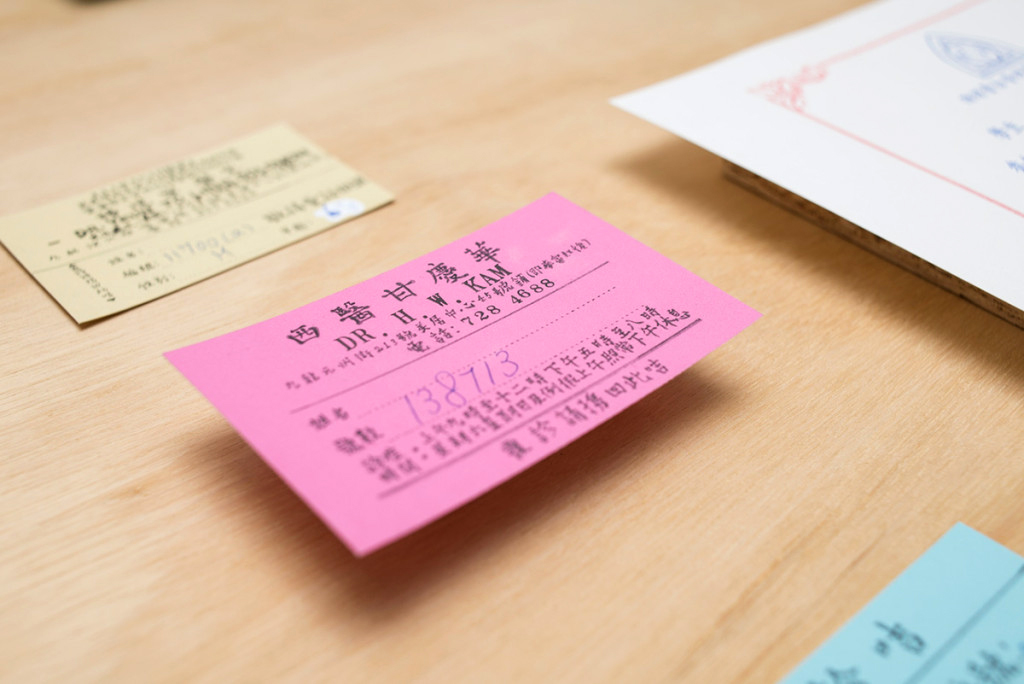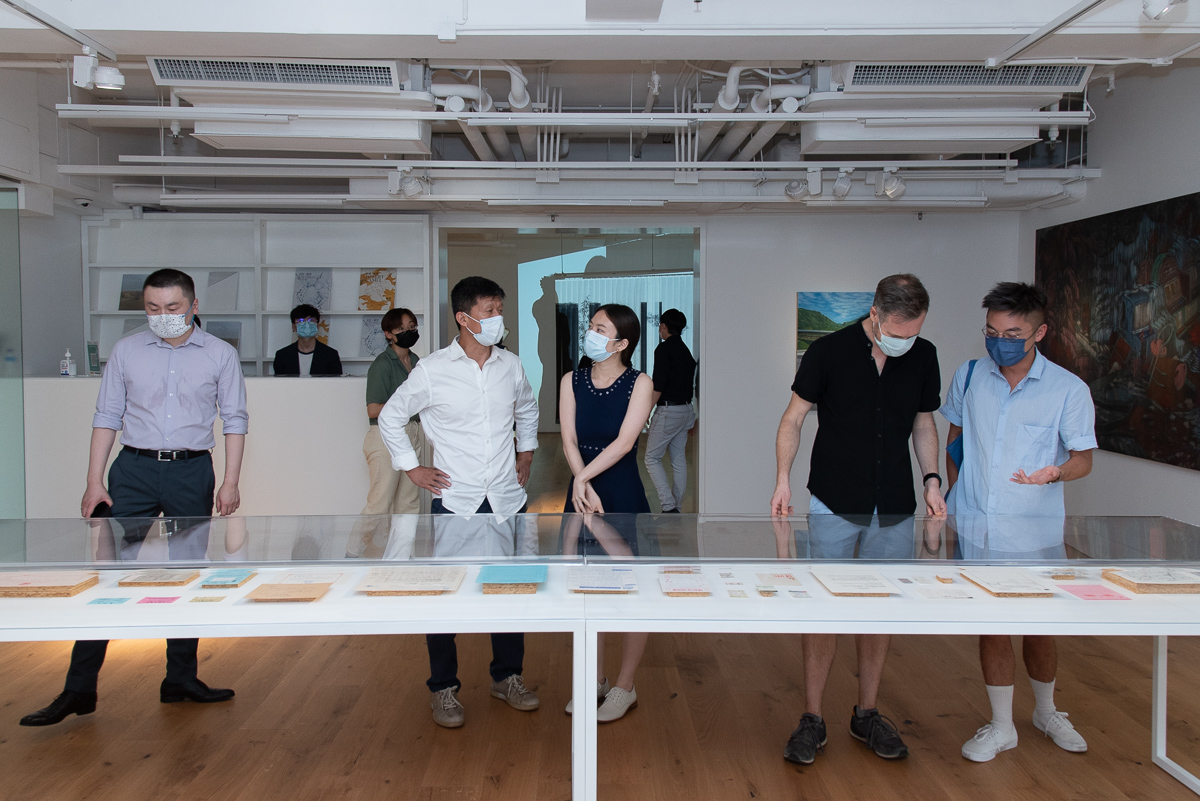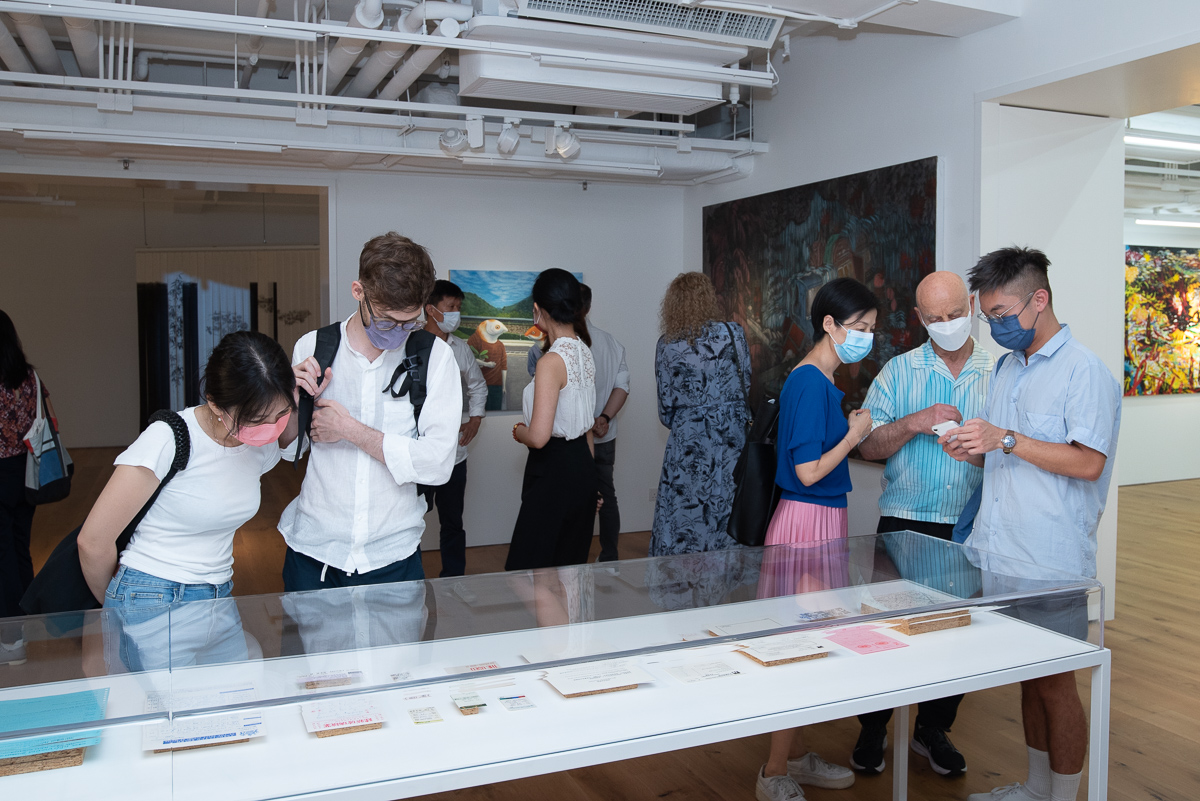Shining Moment
/ Tang Art Foundation, Hong Kong, 2021
Light, as the origin of vision, brings along shadows and space. The various wavelengths
light constitute the spectrum and thus colour and reflection. If an artist can express light
freely, there will be great sense of colour, light and shadow and spatial arrangement. In
this exhibition, numerous Hong Kong artists apply their own twist on the theme “shining
moment”. Szelit Cheung is masterful in depicting the passage of light across spaces. Ant
Ngai Wing Lam expresses either a sense of humor or solemnity with the illuminated
characters; Frank Tang presents light realistically by creating movement through
installation art; both Argus Fong and Cheng Hung manipulate the colours of shadow
to create light; the exaggerated, intense contrast of light and darkness in Stanley’s
paintings gives a liveliness that reflects the hustle and bustle of the city.
As a city with scarce land, housing and private spaces are of utter importance to Hong
Kong people. Nevertheless, we treasure open areas in the suburbs as much, especially
during the epidemic and when we wish to escape from the hasty urban life. In response
to this notion of space, Hong Kong artist show particular sensititivity to spatial
arrangements in their works. For example, Kurt Chan is excellent at creating abstract
space on his canvas, liberating from the constraints of physical space through lines,
colors, light and shadow; Wong Shun Yu’s floral paintings present a space with natural
warmth; the far-reaching wilderness in Wong Sze Wai’s works, the vast sky that Wong
Chun Hei looks up at, and the various daily-documentational objects in Chan Wai Lap’s
installation, all refer to the passage of time in an intimate, memorable space.
![]()
light constitute the spectrum and thus colour and reflection. If an artist can express light
freely, there will be great sense of colour, light and shadow and spatial arrangement. In
this exhibition, numerous Hong Kong artists apply their own twist on the theme “shining
moment”. Szelit Cheung is masterful in depicting the passage of light across spaces. Ant
Ngai Wing Lam expresses either a sense of humor or solemnity with the illuminated
characters; Frank Tang presents light realistically by creating movement through
installation art; both Argus Fong and Cheng Hung manipulate the colours of shadow
to create light; the exaggerated, intense contrast of light and darkness in Stanley’s
paintings gives a liveliness that reflects the hustle and bustle of the city.
As a city with scarce land, housing and private spaces are of utter importance to Hong
Kong people. Nevertheless, we treasure open areas in the suburbs as much, especially
during the epidemic and when we wish to escape from the hasty urban life. In response
to this notion of space, Hong Kong artist show particular sensititivity to spatial
arrangements in their works. For example, Kurt Chan is excellent at creating abstract
space on his canvas, liberating from the constraints of physical space through lines,
colors, light and shadow; Wong Shun Yu’s floral paintings present a space with natural
warmth; the far-reaching wilderness in Wong Sze Wai’s works, the vast sky that Wong
Chun Hei looks up at, and the various daily-documentational objects in Chan Wai Lap’s
installation, all refer to the passage of time in an intimate, memorable space.








